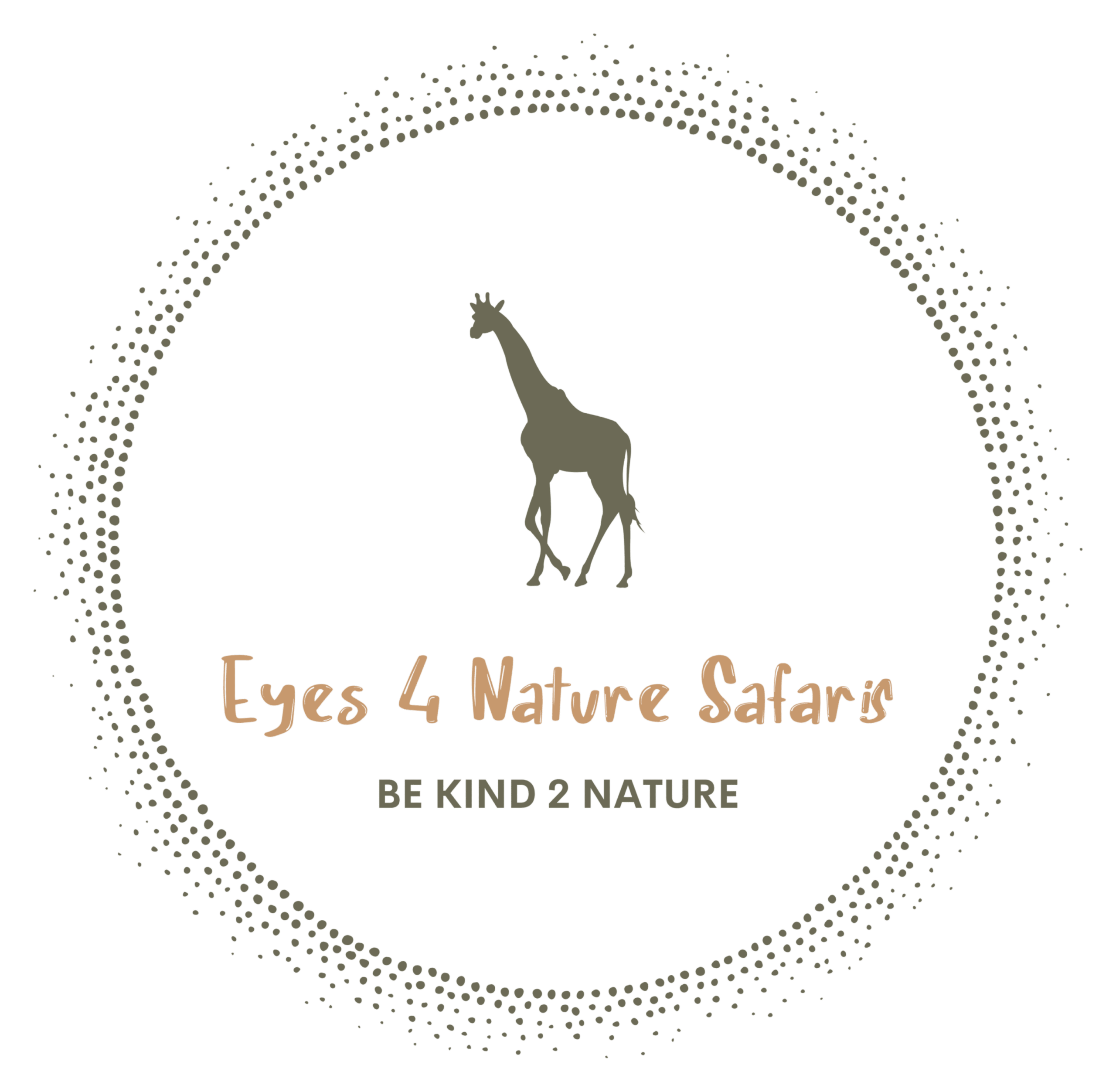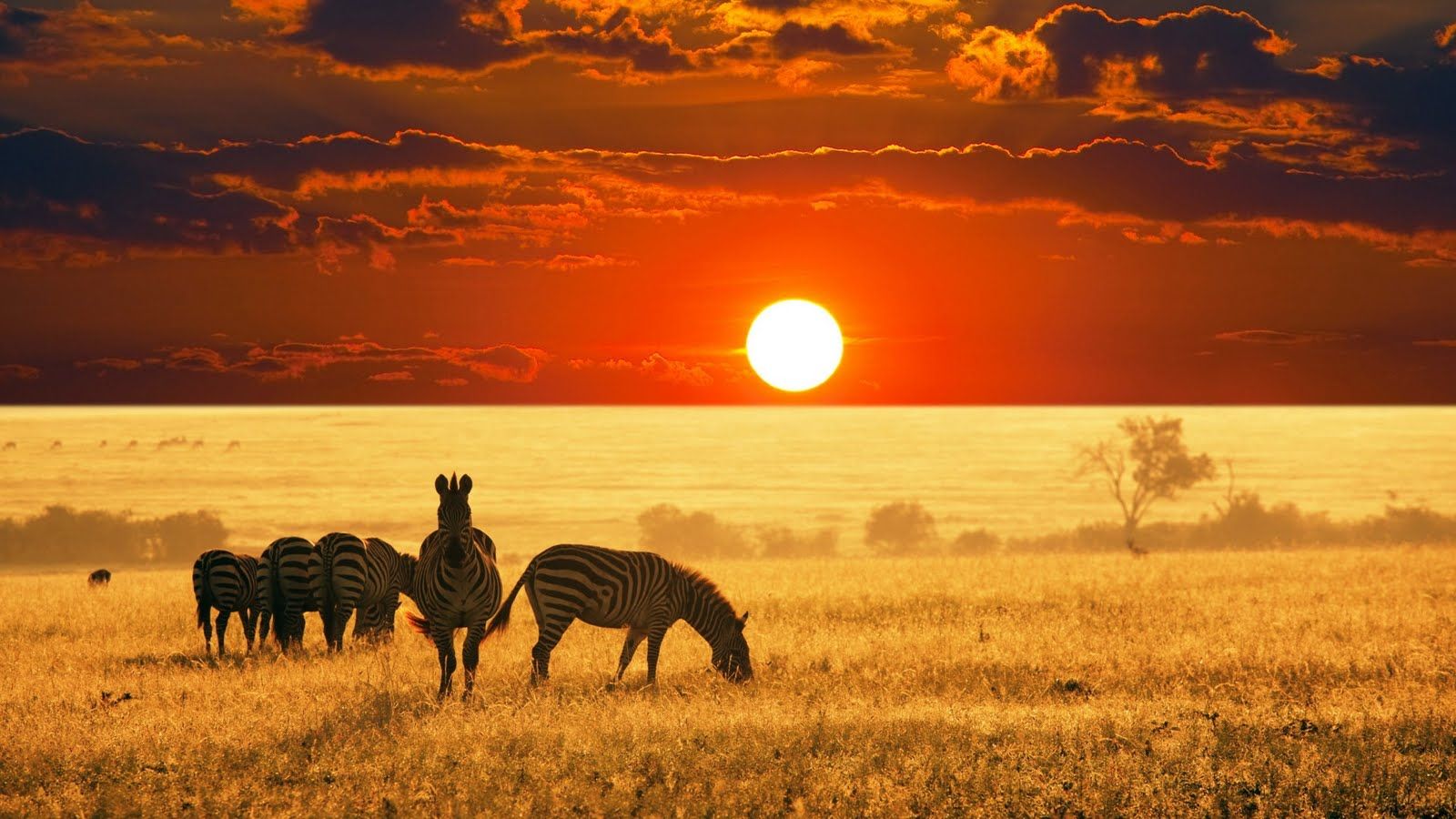
The term 'Big Five' captivates safari-goers worldwide. It refers to the lion, leopard, elephant, rhinoceros (black rhino in Tanzania), and Cape buffalo. Originally coined by hunters for being the most difficult and dangerous animals to hunt on foot, today, spotting them is a highlight of any Tanzanian safari. This article dives into what makes each animal special and how to increase your chances of unforgettable sightings, based on my 4000+ days in the African bush.
Unveiling Tanzania's Wildlife Royalty
The "Big Five" – just saying the words conjures images of thrilling game drives and the raw beauty of the African wilderness. For many, seeing these magnificent creatures is the ultimate safari dream. But they are so much more than just ticks on a list. Each one has a unique story, a specific role in the ecosystem, and requires a different approach to find and appreciate. Join me as we delve into the world of Tanzania's most iconic animals.
Apollo's Top Tips for Big Five Sightings
For the best chance of seeing the Big Five, my advice is simple: go with an experienced guide and be patient. A seasoned guide knows the animals' habits, their preferred territories, and can read the subtle signs of the bush. I've spent countless sunrises tracking lions by their roars or spotting a leopard's tail twitching in a sausage tree. Here are a few general pointers:
- Early mornings and late afternoons are prime game viewing times. Animals are most active then.
- Listen! The bush is full of sounds. Alarm calls of birds or other animals can lead you to predators.
- Scan the trees for leopards. They love to lounge on branches.
- Look for rhinos in open grasslands or near thickets. They are shy, so a quiet approach is needed.
- Don't just rush from one sighting to the next. Sometimes the best encounters happen when you wait and observe. I once waited two hours by a waterhole, and was rewarded with a whole family of elephants coming for a mud bath – unforgettable!
Meet the Big Five: My Personal Encounters and Insights
Let's get to know these incredible animals a little better.
The Lion (Simba)
King of the savanna, no doubt. Seeing a pride of lions, especially with cubs, is a moment you'll never forget. Their roars can travel for miles, a sound that truly defines the African night.
- Best places to see them: Serengeti is famous for its large prides. Ngorongoro Crater also has a healthy population.
- My tip: Look for them resting under acacia trees during the heat of the day. Sometimes, you’ll find them on kopjes (rocky outcrops) surveying their kingdom. I’ve had lions walk so close to my vehicle I could hear them breathe – always a heart-stopping moment, even after all these years.
The Leopard (Chui)
The master of stealth and camouflage. Leopards are solitary and incredibly elusive, making a sighting extra special. Their beauty is breathtaking.
- Best places to see them: Tarangire and Serengeti, especially along riverine forests or in areas with large trees like sausage trees or acacia tortilis.
- My tip: Scan thick branches of large trees carefully. Sometimes only a dangling tail or an ear twitch gives them away. I once spotted one perfectly camouflaged on a termite mound, just its eyes visible. It takes a trained eye, or a bit of luck!
The Elephant (Tembo / Ndovu)
The gentle giants of the bush. Watching a herd of elephants, with their complex social interactions, is always a privilege. Their intelligence and emotional depth are remarkable.
- Best places to see them: Tarangire is famous for its large elephant herds, especially during the dry season. Serengeti and Ruaha also have significant populations.
- My tip: Observe their behaviour. You can learn a lot about their mood from their ears, trunk, and body language. I’ve seen them mourn their dead and celebrate births – truly fascinating. And never get between a mother and her calf!
The Rhinoceros (Kifaru) – Black Rhino
Prehistoric and powerful, but tragically, critically endangered due to poaching. Seeing a black rhino is a profound experience and a reminder of the urgent need for conservation.
- Best places to see them: Ngorongoro Crater is one of the best places in Africa to see black rhinos. Serengeti has a small, but growing, population in certain areas.
- My tip: They are often shy and prefer dense thickets. Your guide will likely rely on recent sightings and tracking. Every rhino sighting feels like a victory for conservation. I’ve been involved in rhino monitoring programs; it’s tough work but incredibly rewarding.
The Cape Buffalo (Nyati / Mbogo)
Often underestimated, but one of the most dangerous of the Big Five. They are formidable animals, especially when in large herds or as solitary old bulls (often called "dagga boys").
- Best places to see them: Found in most major parks like Serengeti, Tarangire, Nyerere, and Ruaha. They love areas with water and good grazing.
- My tip: Respect their space. A buffalo stare is something you don’t easily forget. Large herds kicking up dust at sunset is a classic African scene. I’ve had a few close calls with lone bulls startled in thick bush – they can be very unpredictable.
Spotting all Big Five is an achievement, but remember, every animal, big or small, contributes to the magic of a Tanzanian safari. Enjoy the journey of discovery!
About the Author
APApollo
Safari Guide & Big Five Expert
Former park ranger with over 7000 days of safari experience
Tanzania's Big Five: More Than Just a Checklist
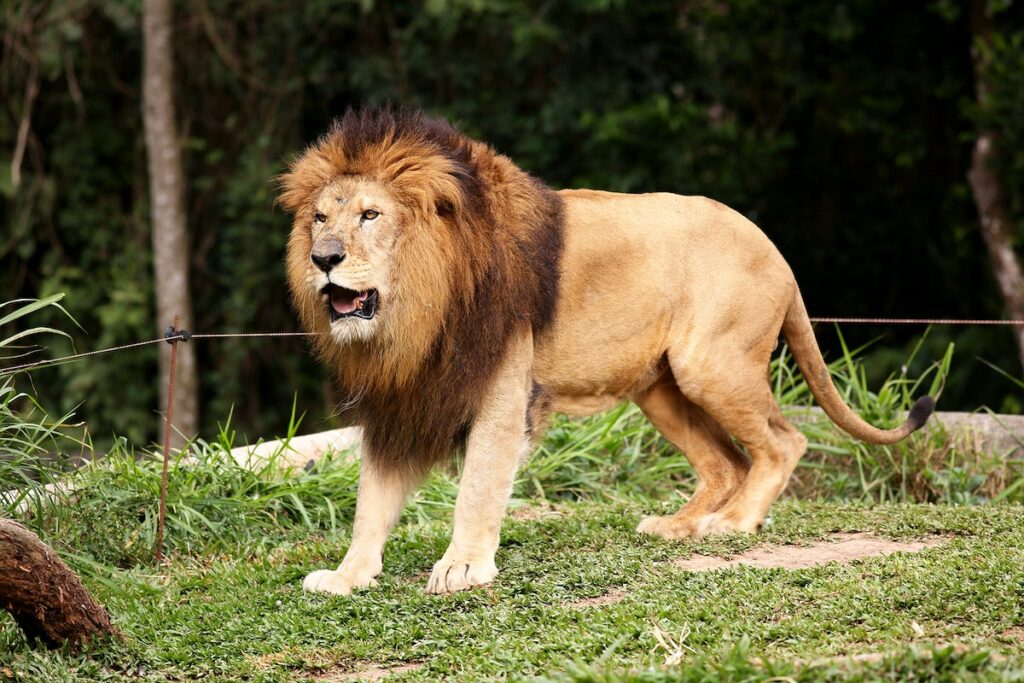
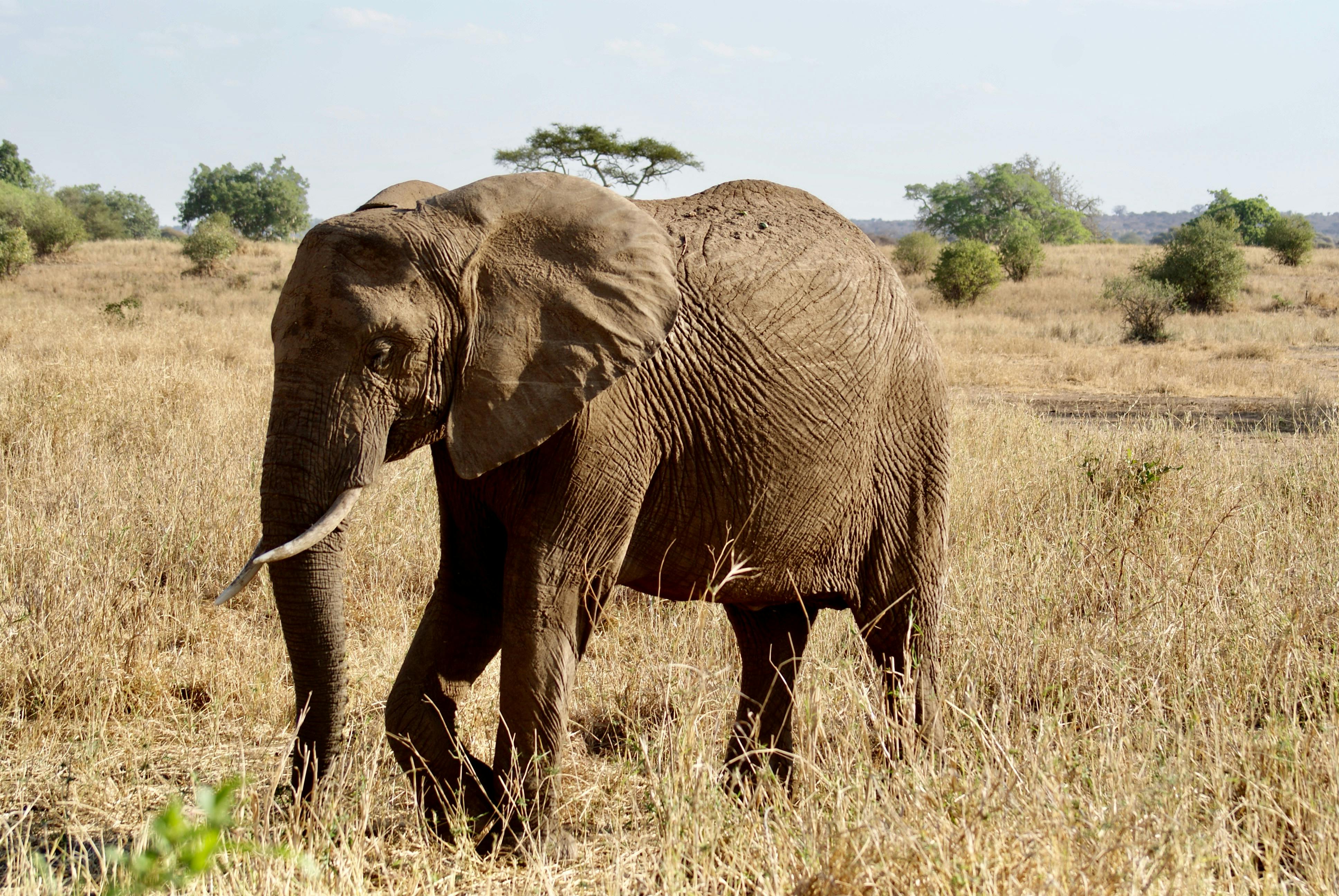
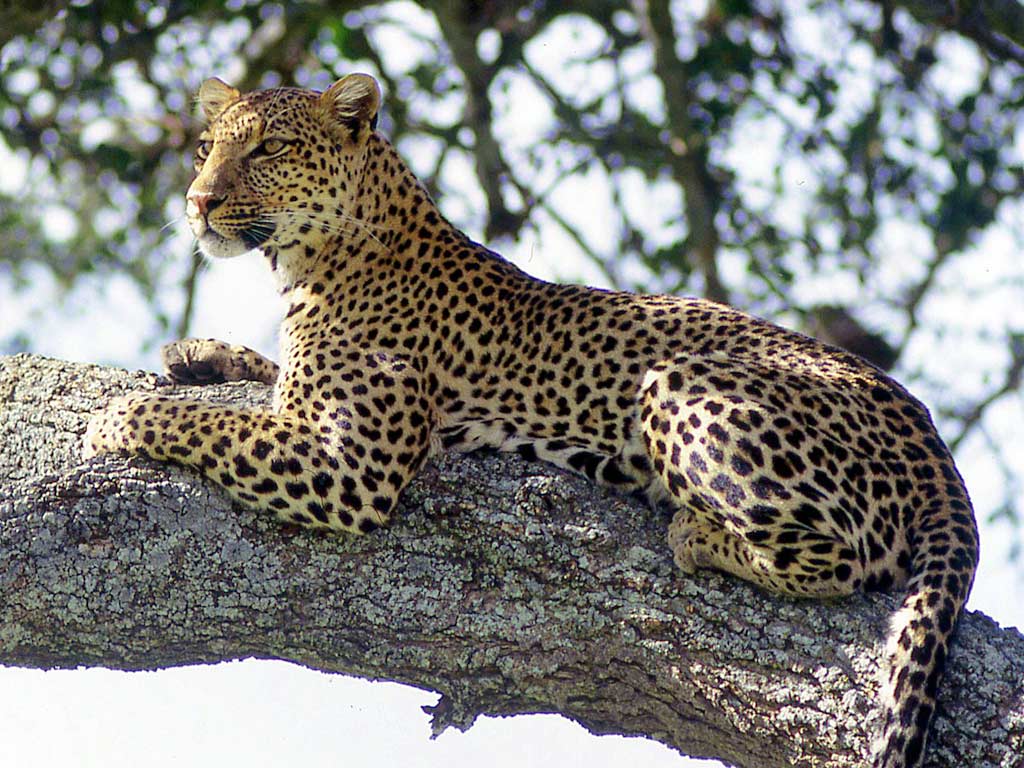
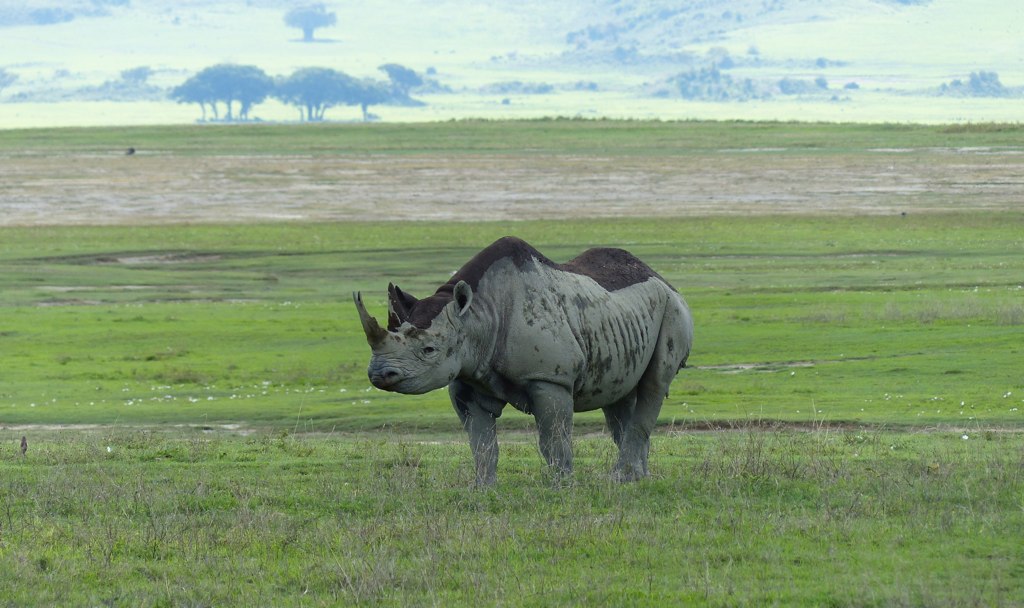
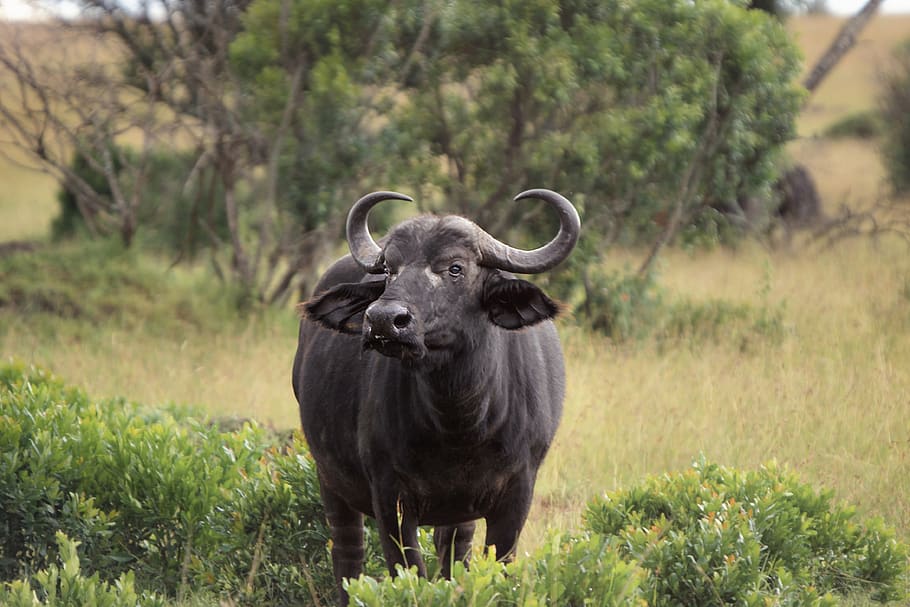
Frequently Asked Questions about Tanzania's Big Five
Location
Ready to explore this highlight?
Contact us to plan your perfect safari experience that includes a visit to this amazing destination.
Ready to Experience Tanzania?
Browse our safari tours to start planning your adventure.
View Safari Tours